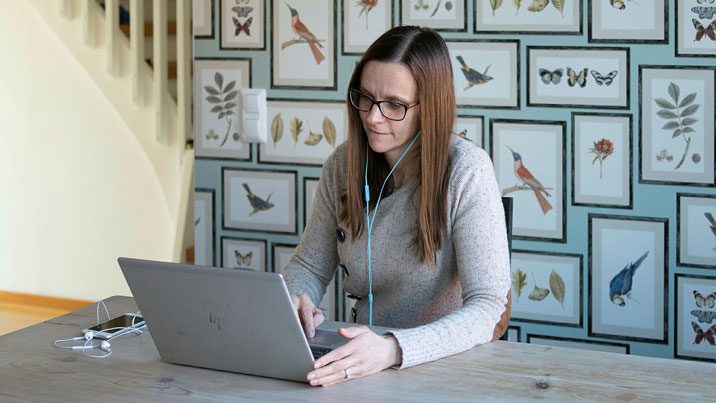Ulrich Wisser, skribent för Internetstiftelsen
Ulrich Wisser is a former DNS and EPP expert at The Swedish Internet Foundation.
sida 1 av 0
Nästa sida

Skriv upp dig på vårt nyhetsbrev!
I vårt nyhetsbrev kan du läsa mer om våra olika satsningar som exempelvis Internetkunskap, Internetmuseum och rapporten Svenskarna och internet. Mer kunskap helt enkelt!

Skriv upp dig på vårt nyhetsbrev!
I vårt nyhetsbrev kan du läsa mer om våra olika satsningar som exempelvis Internetkunskap, Internetmuseum och rapporten Svenskarna och internet. Mer kunskap helt enkelt!

-